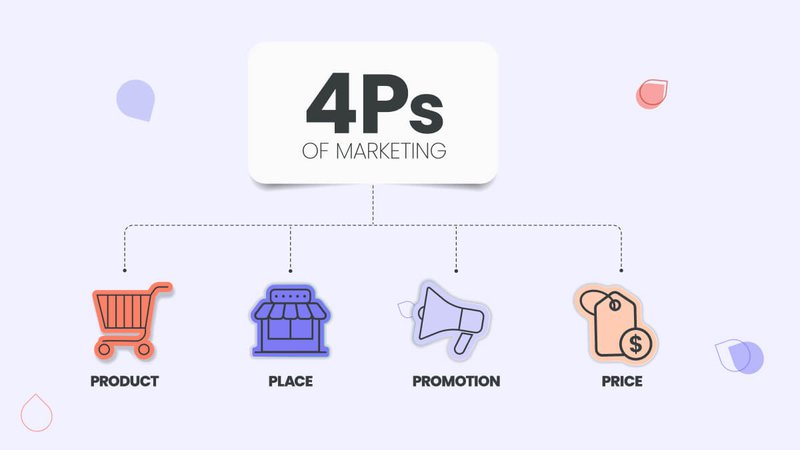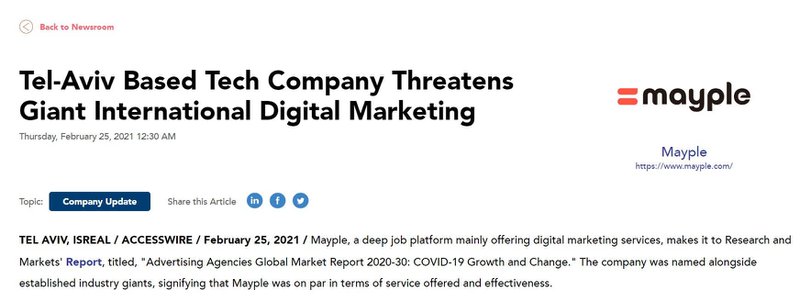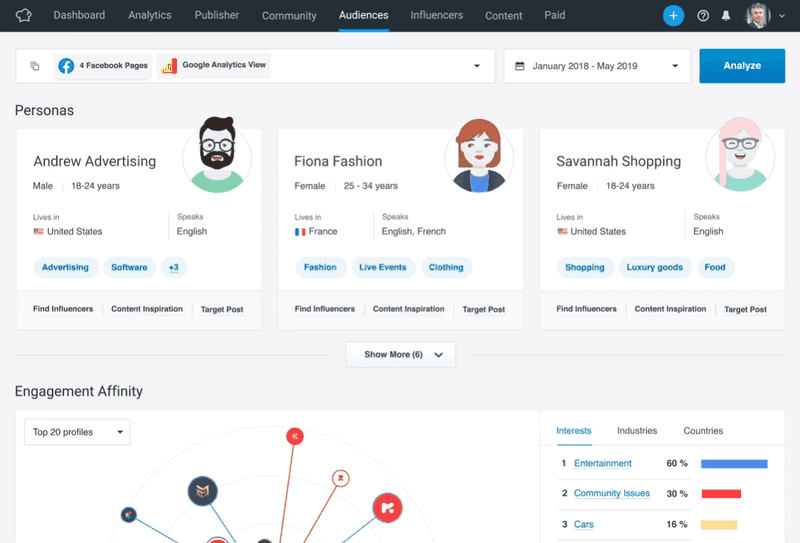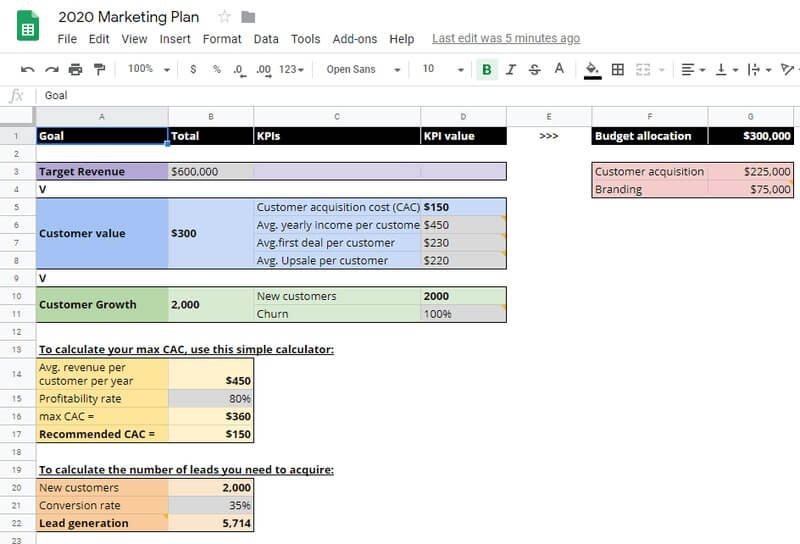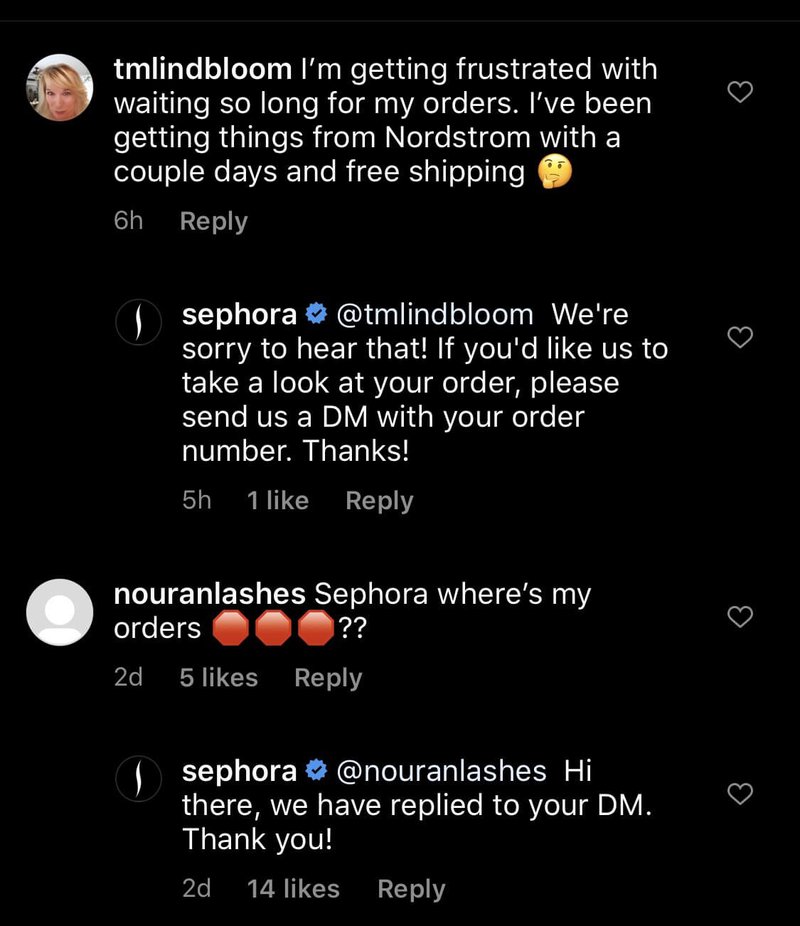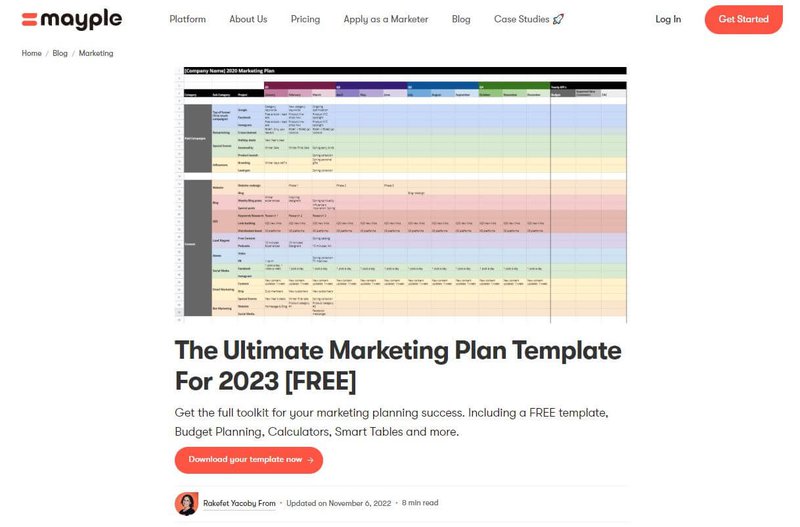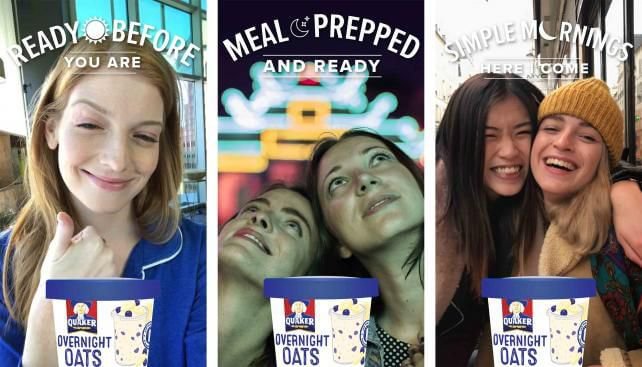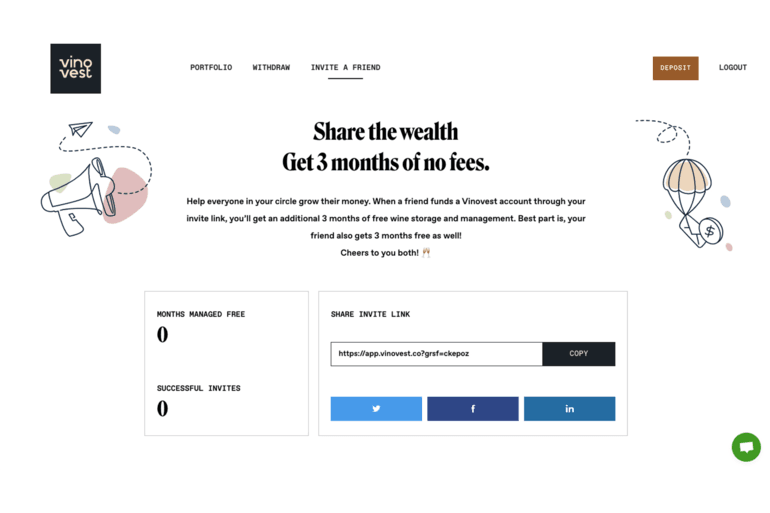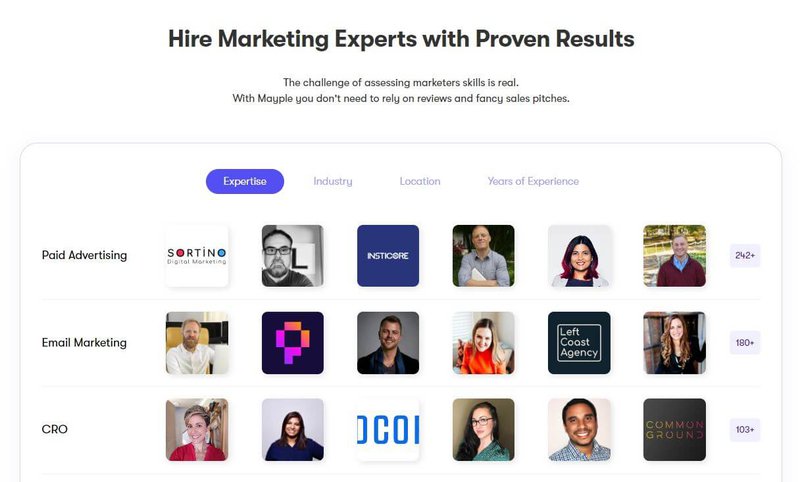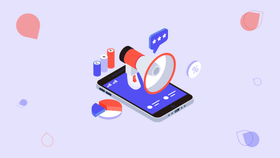How to Create an Effective Promotional Marketing Strategy in 2026
What are the different ways you can promote your product or service? Dive into this guide to learn the best practices, examples, and different types of promotional marketing tactics you can adopt.
Updated November 7, 2024
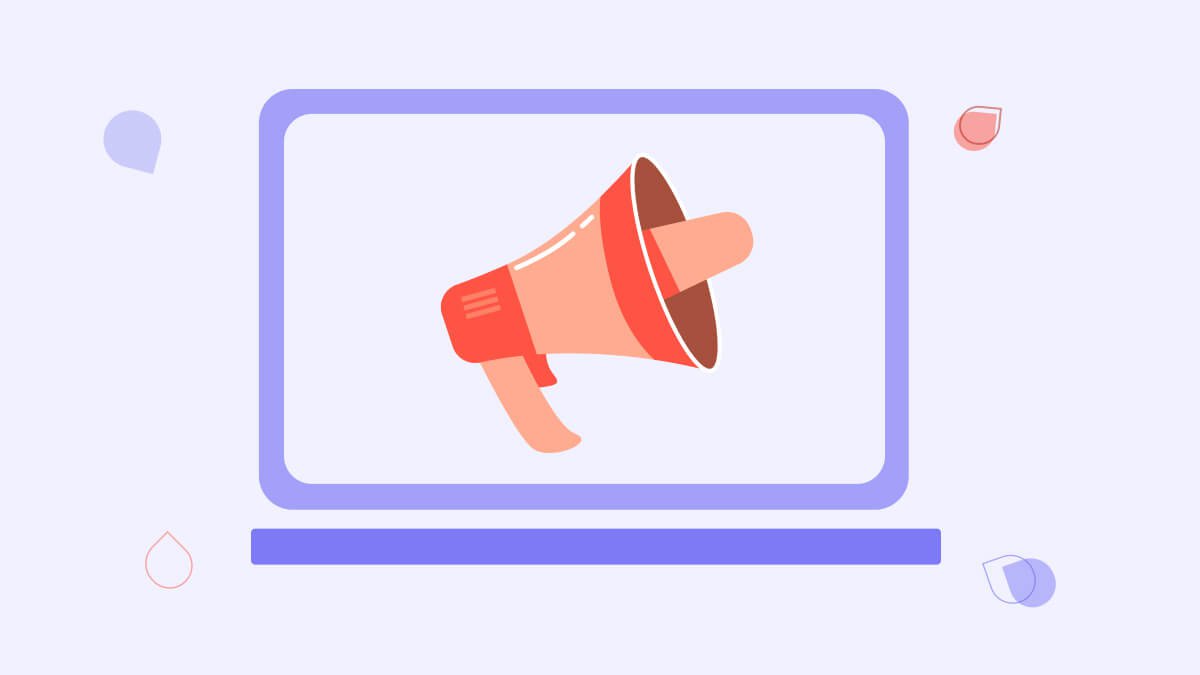
In today’s digital day and age, there are many different touchpoints like social media, email, push notifications, browser notifications, WhatsApp, and a lot more. You can leverage all these touchpoints to create a buzz about your promotional product, brand, or service to your target audience. This is where promotional marketing comes into the picture. Promotional activities belong to the 4Ps of Marketing and incorporate all the strategies you would employ to promote your product to potential customers. Let’s dive a little deeper.
What is promotional marketing?
Promotional marketing refers to the process of sharing information about a brand, product, or service through multiple marketing channels. It refers to any type of marketing communication used to inform the target audience of the relative merits of a product, service, or brand.
Promotional marketing channels could include things like email marketing, social media, paid advertising, and any other tactic to boost brand awareness and sales. Promotional marketing is the 3rd P of the famous 4Ps of the marketing mix and helps form the basis of your marketing strategy.
Goals of promotional marketing
Whenever you’re running any kind of marketing campaign, you must be clear about the goals and marketing KPIs of all your activities. The same is true for your promotional activities. Here are a few things that a solid promotional strategy can help you with.
Lead generation
Promoting your services the right way can help generate leads that your marketing team can further nurture. Your goal here should be to build curiosity, creates that initial buzz, and help convert your site visitors into leads.
Building brand awareness
Another benefit of running a promotional campaign is to increase your brand awareness. That means staying top-of-mind for your consumers. Some examples of this could be social media campaigns, influencer marketing campaigns, or creative billboards.
Thought leadership
Another goal could be becoming a thought leader in your vertical. You do that by displaying your expertise through various forms of content marketing including - blogs, social media, PR, and promotions in magazines. Display your expertise through various forms of content including - blog posts, social media, magazines, videos, and PR.
A great example of this is Peloton, which has emerged as a brand that is synonymous with fitness, with a cult-like following for its products. This was primarily driven by their promotional activities.
Promote new features
You need a good promotional strategy when you launch a new product, which may require a strategic planning expert. You have to create a buzz around the benefits that your product or service provides and focus less on the various features it may have.
This keeps all your customers informed about the new ways they can use your product, helping you create more ToFu (top of the funnel) and BoFu (bottom of the funnel) leads.
Now that you know the goals of promotional marketing, let’s talk about its different types.
Types of promotional marketing
Personal selling
Before the internet was born, all we had was personal selling. It’s when you interact with prospects on a one-on-one basis. The drawback here is that you have to be physically present in the same location as the customer, and that could get quite costly. On the other hand, it could bring that human touch, which is a big plus for certain niches.
Direct marketing
Direct Marketing is the use of channels like social media, conversational SMS, Whatsapp, emails, push notifications, and in-app notifications to build a relationship with potential customers. One example could be sending cart abandonment emails to help a customer complete their purchase.
Advertising
Advertising campaigns are great for creating brand awareness on a large scale. Ads play a pivotal role in making brands recognizable. A good ad with a targeted message can grab the attention of both existing and potential customers. Here’s an example of a Snapchat ad that brands could create to gain exposure to new audiences.
Advertising can be used by D2C eCommerce brands as well as SaaS companies and could include things like Facebook Advertising, Google Ads, native advertising, and physical billboards.
Public relations
Public relations helps you build a positive brand image and promote your product or service to a wider audience.
PR helps you:
- Discover the positive and negative associations customers have with your brand.
- Double down on what’s working
- Fix any negative connotations and respond to negative sentiment
Events
Offline and online events are one of the most effective ways of generating leads. It also helps in promoting your brand as a thought leader in your industry.
Events like SaaStr, Dreamforce by Salesforce, Retail Innovation, and the Sellers Summit help SaaS and eCommerce brands get visibility, meet potential customers and stakeholders, and learn best practices from industry leaders.
Event marketing creates brand awareness and builds a strong identity for your brand. And if you’re in B2B, it helps you connect with customers on a more personal level.
So how do you create an effective promotional strategy?
6 ways to create an effective promotional marketing strategy
Here is a step-by-step process for creating an effective promotional strategy for your brand or product.
1. Define your target audience
The first step is to decide who you’re targeting. You should have comprehensive knowledge about your ideal customer profile (ICP). In case you don’t, here are some great questions to ask yourself:
- What is the age group of my target audience?
- What is their geographic location?
- What are some of their pain points and how does my product/service resolve them?
- What are the factors affecting their buying decision?
- What are their profession and annual income?
- How does your product/service help resolve their pain points?
- Which digital channels and platforms do they use the most?
- What are the content formats they consume on a daily basis?
- What’s the best way to communicate with them?
By answering these questions, you should be able to create a few different customer personas, which you can use to create better messaging and improve your promotional campaigns. For more info, check out our guide on the best examples of customer segments.
2. Determine your budget
Next, define how much money you can spend on your promotional campaign. This is crucial in deciding which channels you should target and which marketing tools you should use.
You must decide if you want to have a fixed budget or a budget proportional to your revenue. Allocating budgets also gives you a sense of the success of your promotional activities as you calculate the return on investment (ROI) of all your activities.
3. Follow your audience
Now that you’ve determined your budget it’s time to tweak your targeting. Follow the digital footsteps of your target group and see where they hang out online. Your customer personas should help you understand which channels your audience uses, whether that’s Linkedin, Instagram, Facebook, or Twitter.
Don’t make the rookie mistake of spending time and effort on marketing without studying your user behavior.
4. Create the right marketing mix
Now that you have your marketing budget and audience and you’ve found out where they hang out online it’s time to finalize your marketing strategies. Determine which channels and tactics you want to use and create your copy and creatives.
Need help getting it all organized in one place? Use our marketing plan template.
5. Launch your campaign
Now you’re ready to launch your campaign. Make sure you use the best practices of each channel you’re promoting your products on to optimize your results.
6. Analyze the results
Measuring the results of your campaign is the most crucial part. It helps you keep track of your campaign performance and understand what you can improve on It also helps you calculate the ROI of your marketing activities. Besides tracking revenue, you can also track impressions and engagement for social media campaigns, event registrations for both online and offline events, and opens and click-through rates for email campaigns.
Now that you know how to set up a promotional campaign, let’s see some examples from the world’s coolest brands.
Examples of promotional marketing
Email marketing
Email marketing is one of the top promotional channels for brands. It’s relatively inexpensive, has a really high ROI, and can be used to create brand awareness and increase conversions.
It has a bunch of other benefits as well. It also makes it really easy to track all your user interactions and see who opened your email, clicked on each link, and converted on your site. 3 tips to drive amazing results with email:
- Make your copy engaging
- Write a compelling subject line
- Always use a clear CTA
Social media marketing
Social media marketing is another great way to promote your product or service. It’s a great place to interact with your target audience in a personal way and drive traffic back to your site.
Pick the best tactics based on your brand identity and the different personas in your target group. There are new features released every month so you have to stay on your toes and continue evolving your marketing strategy.
Here’s a creative example of Netflix promoting the new season of its hit TV show Stranger Things.
Some brands actively engage with their customers on social media, which can be really useful. It helps improve retention, attract new leads, and build an organic and authentic relationship with your existing customers. Here is an example of Sephora replying to its customers’ comments on its Instagram profile.
Content marketing
Content is a powerful tool to grow your organic traffic and your online audience, and position your brand as a leader in your niche. Content can be in the form of blog posts, videos, podcasts, infographics, and shopping guides.
Influencer Marketing
Influencer marketing is another great way to promote your product to a wider audience.
Depending on your goals and budget for these activities, you can decide the influencer that best suits your brand, and create compelling content in collaboration with them to promote your brand/product.
User Generated Content
User-generated content (UGC) is original, product-specific content created by customers and uploaded on social media and the brand’s website. UGC comes in many forms, including social media static posts, videos, product reviews, testimonials, and even podcasts.
UGC has a very powerful impact on the buyer’s decision-making process because it’s so trustworthy and authentic.
Referral marketing
Referral marketing is another great strategy that involves asking your existing customers for referrals and generating that word-of-mouth effect.
It helps get your loyal customers to help spread awareness about your brand, turning them into brand advocates.
How do you create a promotional marketing strategy?
Step 1. Establish your goals
Be clear about what key performance indicators (KPIs) you want to drive using your promotional marketing strategy. Break down your long-term goals into short-term goals. For example, a 12-month plan can be broken down into a 6-month plan, a quarterly plan, and a monthly plan. This will help you prioritize tasks and gauge your team’s performance at a micro-level.
Allocate your budget
Evaluate your marketing budget to understand how much you can spend.
It’s a great idea to start with the lowest-hanging fruits. Go after the most promising channels for your business, or the ones with the biggest short-term ROI like email marketing, influencer marketing, and UGC.
Step 2. Identify your target audience
Next, identify your audience personas and decide on who you’re going to be targeting. You need to understand the demographics of your audience, their pain points, and various factors that affect their buying decision. Then, you can decide on the specific marketing channels you want to use.
Step 3. Choose strategies and tools
Once you identify your ideal customer profile it’s time to finalize your marketing strategy. Identify the right channels to target them based on their demographics, occupations, and other attributes that define their personas. Then, decide which marketing tools to use based on budget and goals.
Step 4. Hire the right marketing talent
Having the right marketing talent can make or break your marketing campaign.
Your ideal marketer or digital marketing agency needs to not only have experience working with your specific niche but also be able to understand your brand voice and align with the rest of your marketing team.
Luckily, Mayple has a community of vetted experts that are hand-picked for your project.
Marketers are selected based on proven experience in your niche, above-benchmark results, and experience working with your target audience and marketing budget. So instead of spending 3-6 months on hiring full-time employees, you can save time and resources by hiring an expert from Mayple’s platform, in 72 hours By opting for on-demand marketing services, you save time and effort in hiring a resource full-time, especially for projects that may need one-time setup and execution. Save yourself the learning curve of making mistakes and get proven expertise on board, to drive results.
With great promotion comes great marketing 😎
Promotion marketing makes a crucial contribution to the overall revenue driven by your marketing team. Even if you have a stellar website strategy and a great product, without a thorough and holistic promotion plan, your business won’t grow.
